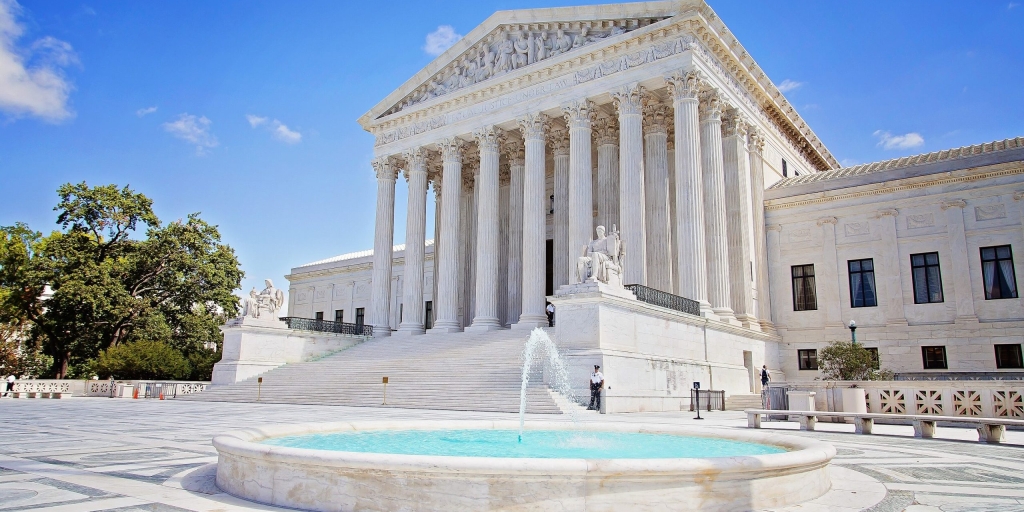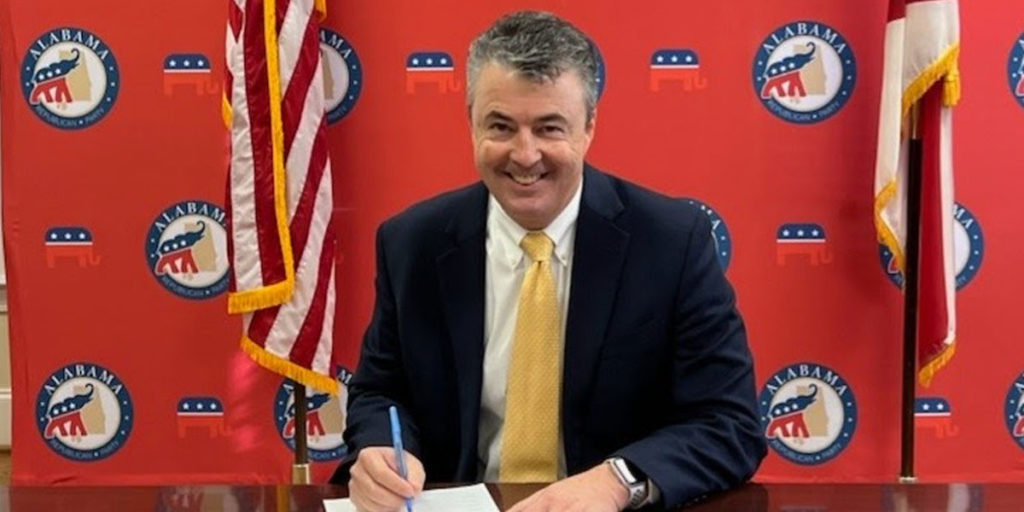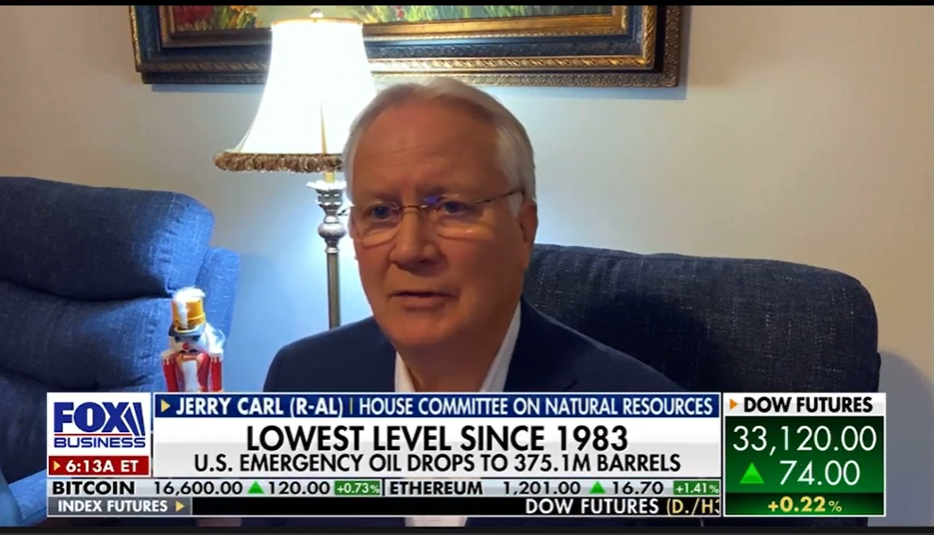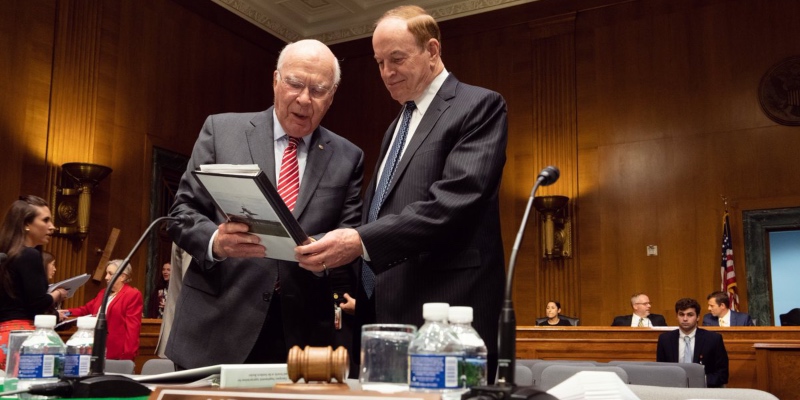
“Expect nonstop energy drama in 2015,” especially here in Alabama.
Politico’s Erica Martinson cut straight to the chase in a recent piece about what to expect out of Washington, D.C. during the coming year.
“President Barack Obama’s administration will spend 2015 taking on energy controversies from fracking to smog, from interstate air pollution to coal-burning power plants — and in December, his negotiators will head to Paris to try to reach a global agreement on climate change,” she wrote. “In between all that, he just might make a decision on the Keystone XL pipeline.
Here’s an anticipated 2015 timeline that lays out the onslaught of EPA regulations expected to be implemented or proposed this year:
January:
On New Year’s Day, new EPA rules went into effect further limiting certain types of air pollution that crosses state lines after being produced by coal-fired plants. The agency also began enforcing new air pollution regulations for fracked oil and gas wells, a technology that Politico notes has been “at the heart of the U.S. energy boom.” Later in January the EPA will announce plans to further clamp down on methane pollution, while Republicans plan to push for approval of the long-delayed Keystone XL pipeline.
April:
Power plants must comply with new regulations on mercury that have already led to the shuttering of coal plants around the nation, including two units in Alabama.
June:
The EPA is expected to complete “the cornerstone of the president’s climate change agenda,” a round of regulations limiting carbon dioxide pollution from existing power plants.
Fall:
Business groups are already warning that “the most expensive federal regulation ever” will be handed down some time in the fall, increasing the air quality standards for ozone. New rules for water pollution are expected as well.
December:
The Obama Administration will close out the year with a trip to Paris during which they hope to reach a worldwide agreement to curb man-made global warming.
“It should all add up to one of the most ambitious years in energy and climate policy in decades,” Martinson writes, “from a president who is free to act with no more elections to face, no further concern over protecting the Senate’s moderate Democrats, and not much chance of compromise on these issues with the GOP-held Congress.”
Regulations targeting coal have gotten the bulk of the press in recent years, especially after a White House science advisor admitted to the New York Times that he believes a “war on coal is exactly what’s needed.” More than 16,000 Alabama jobs are dependent upon the coal industry’s survival.
But with less uproar, the Obama Administration’s energy policies could also potentially begin to impact Alabama’s natural gas industry, both through regulations on existing gas-powered plants, and through restrictions on natural gas exploration.
In addition to Alabama Power’s 5 coal-fired plants, the company also has three gas-powered plants that will be impacted by the new, stricter EPA standards.
Also, as mentioned above, the EPA on Jan. 1, 2015 began enforcing new regulations on hydraulic fracturing, or “fracking”, a natural gas drilling process during which fluid is injected deep into the ground at high pressure to fracture shale rocks, releasing the gas for extraction.
The Southern Environmental Law Center (SELC), a group that has become known in Alabama for actively pursuing the retirement of coal plants, teamed with associated environmental groups to convince the Obama Administration’s Bureau of Land Management and the Forest Service to “delay the sale of gas drilling leases on about 43,000 acres in the Talladega National Forest.”
Alabama is home to multiple shale formations. Natural gas can be found deep below the ground in west Alabama’s Floyd/Neal Shale. Some estimates say that the Floyd Shale could hold over 2 trillion cubic feet of natural gas and over 5 million barrels of oil. The Conasauga Shale field located in central Alabama is also believed to be prime fracking territory.
But the SELC has pledged to block any expanded exploration, in spite of the fact that fracking has safely taken place in Alabama for years.
“If they decide to move forward in the future, our legal team will step in to counter any move to re-offer the sale,” the SELC wrote.
Environmental groups are also upset about a proposed $3.7 billion pipeline system that would bring natural gas from a hub in Alabama to power plants in Florida. If approved, it would begin operating in 2017, but the EPA has already begun questioning the pipeline’s developers.
What is particularly noteworthy about the additional targeting of the natural gas industry is that many of its major players have been supportive of — or at least complicit in — the Obama administration’s targeting of the coal industry, believing that it would give them an advantage in the marketplace.
Time Magazine, for instance, found that between 2007 and 2010, the Sierra Club took over $25 million in donations from the gas industry to promote their “Beyond Coal” campaign.
But with the coal industry crippled under the weight of the EPA, the Sierra Club, associated environmental groups, and now even the EPA itself, are slowly bringing the gas industry into their crosshairs.
That’s concerning news for the Yellowhammer State, where access to low cost energy has made the state an attractive destination for new industries and jobs.
Like this article? Follow me on Twitter and let me know what you think.
— Cliff Sims (@Cliff_Sims) December 3, 2014












